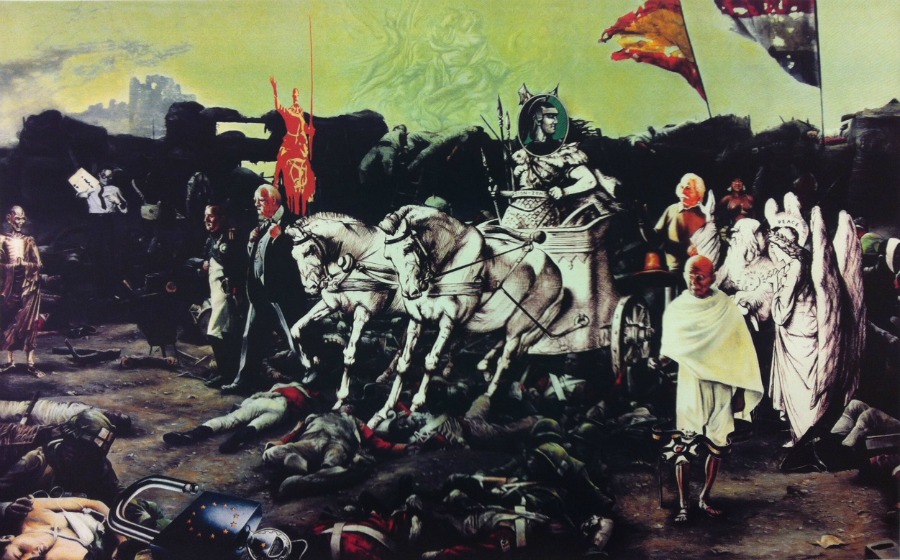Making sense of darkness: art, sensation and a particular kind of thought process
DOI:
https://doi.org/10.58519/aesthinv.v1i2.11991Keywords:
sense-making, becoming, affect, sensation, artAbstract
Experience can originate sensations that intensify awareness and thought, casting them to a place of oddness, far from what is common, encoded and comfortable; an intensity thus generated allows for sense to flow in various and different directions. Art deals with these sensations in particular ways. It deviates from the typical modes of sense making and materializes objects, however insubstantial or ephemeral, which encapsulate and conserve those sensations. Yet, for this to occur a process of transmutation must take place. In this article the artistic process is presented as a disembodiment strategy: a certain reality is disengaged from its original context to be reincorporated into another, new entity: the artwork.
Downloads
Downloads
Published
Issue
Section
License

This work is licensed under a Creative Commons Attribution 4.0 International License.
Authors who publish with this journal agree to the following terms:
Authors retain copyright and grant the journal right of first publication with the work simultaneously licensed under a Creative Commons Attribution License that allows others to share the work with an acknowledgement of the work's authorship and initial publication in this journal. Note: up to volume 4 issue 1, an incorrect copyright line appears in the PDFs of the articles.
Authors are able to enter into separate, additional contractual arrangements for the non-exclusive distribution of the journal's published version of the work (e.g., post it to an institutional repository or publish it in a book), with an acknowledgement of its initial publication in this journal.
Authors are permitted and encouraged to post their work online (e.g., in institutional repositories or on their website) prior to and during the submission process, as it can lead to productive exchanges, as well as earlier and greater citation of published work (See The Effect of Open Access).






